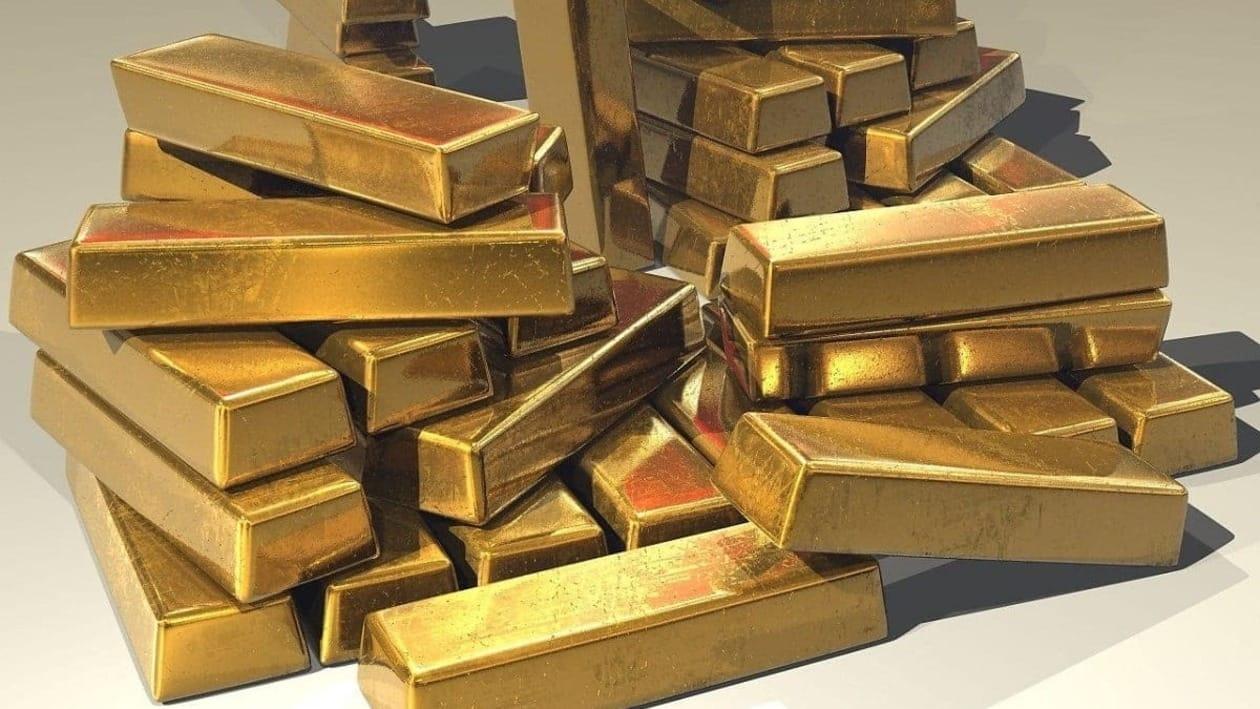Gold market sentiment was positive throughout the first quarter of 2023. According to a research by the World Gold Council, daily global gold trading volumes reached US$163 billion in Q1 2023, an impressive increase of 34% over the previous quarter.
Compared to Q4 2022, trading activity on all gold markets increased in the first quarter of 2023.
The net long position in COMEX gold futures experienced a significant increase in March as the gold price increased. By the end of the month, total net longs had reached 622 tonnes, exceeding the 2022 average of 527 tonnes. However, they are still below their average levels from 2020 (871 tonnes) and 2021 (654 tonnes).
According to the World Gold Council's study, the recent financial sector crisis drove a 9% increase in the price of gold in March, driven by lower yield rates, a weaker dollar, and safe-haven buying. In March, this was a major factor in the net inflows into physically-backed gold exchange-traded funds (ETFs), as investors flocked to the yellow metal in large numbers after March 12 following the Silicon Valley Bank collapse.
Global gold ETFs experienced net inflows of US$1.9 billion in March, driven primarily by European funds, ending a nine-month losing trend.
Overall, globally gold ETF total assets under management (AUM) increased by 10% to US$220 billion at the end of March, helped by both inflows and the rise in gold price. The amount of gold reserves rose by 32 tonnes to 3,444 tonnes.
However, March's inflows were insufficient to make up for February's and January's negative flows, which led to a net outflow of US$1.5 billion in the first quarter of 2023.
Regional highlights
European gold ETFs accounted for the majority of Q1 outflows. During the first quarter of 2023, North America and the other region saw inflows while Asia experienced modest outflows.
After 10 straight months of outflows, Europe had positive flows in March, with UK funds accounting up the majority of the total. The month's demand for gold ETFs was aided by the weak stock market, worries about systemic risk brought on by the financial crisis, and a 6% increase in the euro gold price.
In March, North American funds received a net inflow of US$806 million. The demand of gold ETFs increased due to the gold price's rise. North American funds saw the highest regional inflow during the first quarter.
The region's gold ETF flows followed the pattern in gold prices: whereas February saw outflows due to a decline in gold prices, January and March saw inflows due to large price increases.
Chinese gold ETFs were the main driver of the US$203 million in fund inflows to Asia in March as domestic equities declined and the local gold price rose. China also made up the majority of the region's quarterly outflows as local investors' risk appetite increased amid higher expectations in the first quarter.
